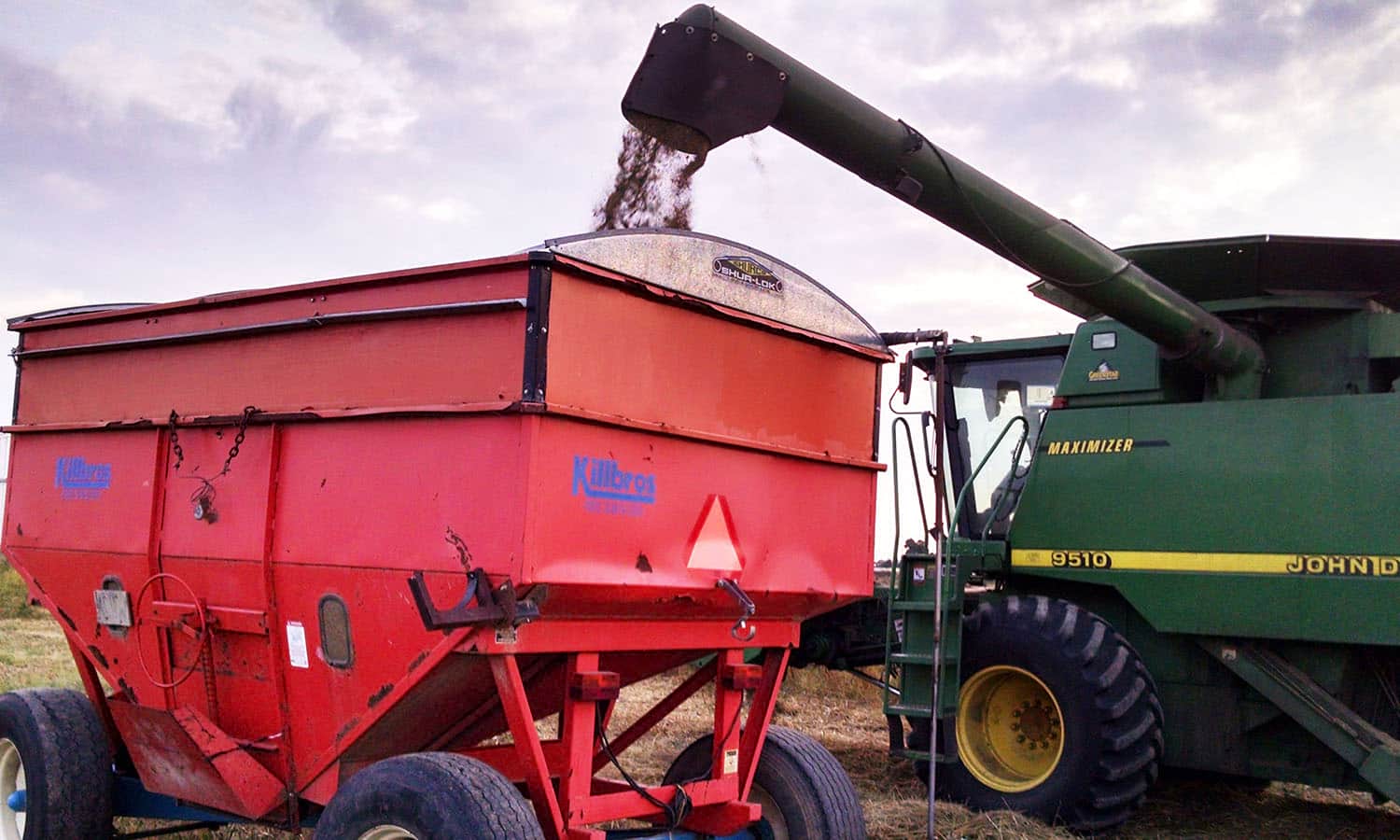I grew up on top of a hill overlooking fields that have been in our family for seven generations. We live on 2,300 acres in southern Michigan. In early summer, when the corn was just knee high, dusk would fall and the fields would light up with fireflies. We’d drive past soybeans featuring every shade of yellow and gold on our 30-minute commute to school. My siblings and I would build forts out of hay bales and fight off imaginary intruders.
And yet my heart wasn’t in it. I got in trouble once for not doing my chores properly. My parents were upset that I had let the chicken’s water get dirty and hadn’t collected eggs. I burst into tears and told them I hated living half an hour away from my friends. I hated carrying 5 gallon buckets of water for the sheep in the middle of winter. But most of all, I hated living on a farm.
So I thought leaving was the best adventure. Years later, when my parents told me they were going to grow an obscure ancient grain called teff, I decided to move back to Michigan to help them. We were unfamiliar with the Ethiopian grain aside from it being high in fiber and gluten free. The learning curve was steep. What type of soil bed does it like? How does it react to Michigan humidity? How do you clean it?
After three years of growing teff and selling the flour on Amazon, I began making a nutty teff granola, or Teffola. We launched in our first store in January 2018 and the overwhelmingly positive reactions to the flavorful granola are shaping some big plans.
On the farm, things aren’t as promising. Soybean and corn futures are looking bleak and my gut says dump them for something new and different. Crops like buckwheat and oats are easy to grow on our farm and are used in Teffola. Of course, bringing new crops to market is easier said than done. Teff isn’t subsidized or have crop insurance like other commodities; and processing facilities, equipment, and licensing fees are expensive.
But the niche market for healthy foods, specifically alternative grains, is alluring. The global health and wellness food industry value will reach US$768 billion by the end of 2019. And consumers are ready to pull out their wallets for this once trendy way of eating. Eighty percent of North Americans are willing to pay more for foods with health benefits and 19 percent are willing to pay a premium for local ingredients.
Stores like Argus Farm Stop support the local food movement with a farmers consignment business model only taking 25 percent from suppliers. Instagram accounts like @underatinroof and @happyacrefarm show followers what support at the farmers market translates to on a five acre farm. These small signs of change are encouraging and show that there’s a demand for healthy food and support for those who grow it.
I understand my father’s hesitation to change. Growing a new crop is a risk. Since I moved back, I’m learning more about what it takes to run a farm. I understand why we can’t “just grow 50 acres of buckwheat.” I don’t offer to hand weed all the fields to increase our yield. As I mature, my conversations with him have changed. Instead of logistics, we discuss theoretical futures. The pros and cons of using fewer herbicides or what the future could look like if I developed new products using ingredients from the farm. I push him to change because it’s what will secure our family’s legacy.











